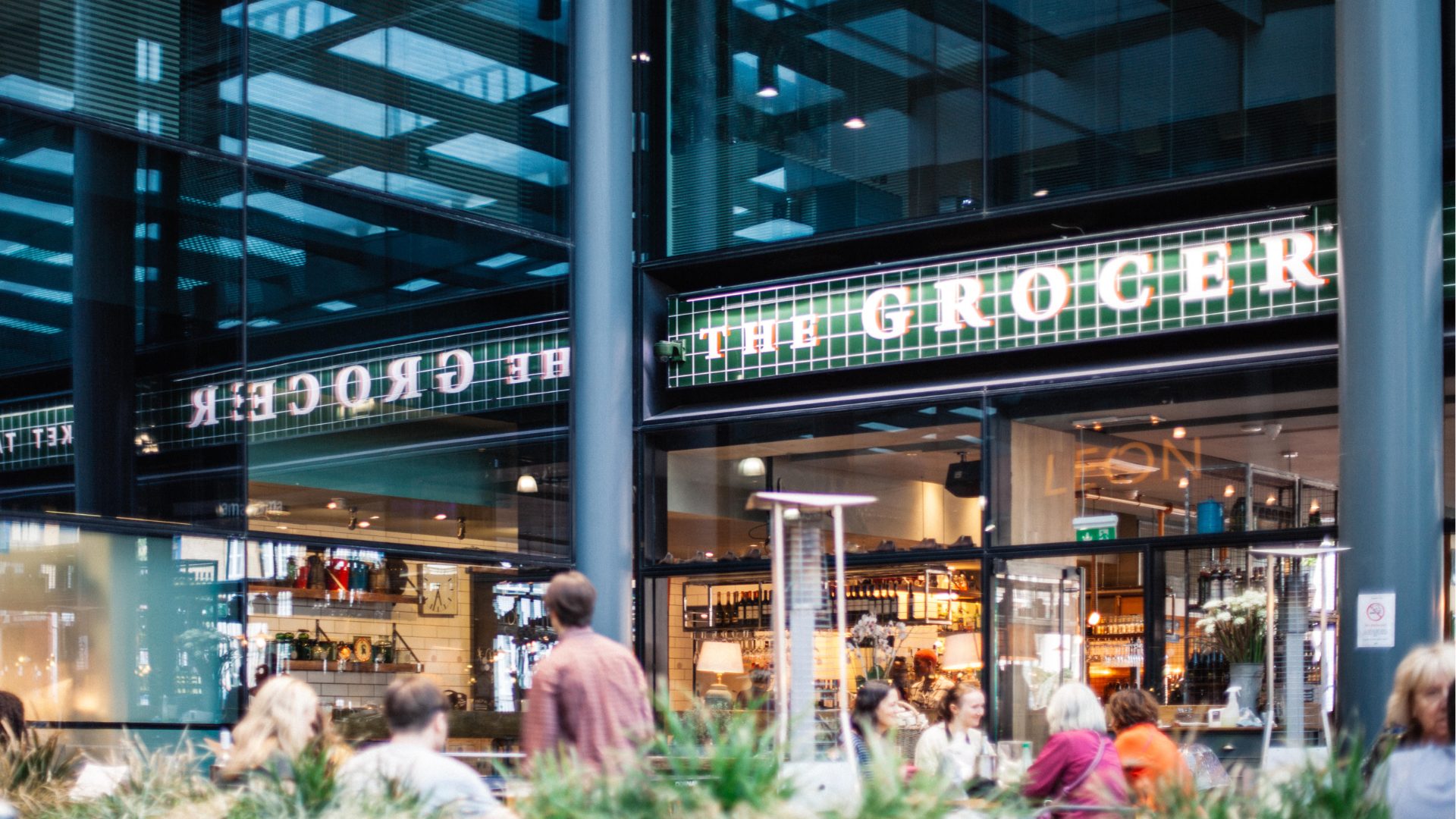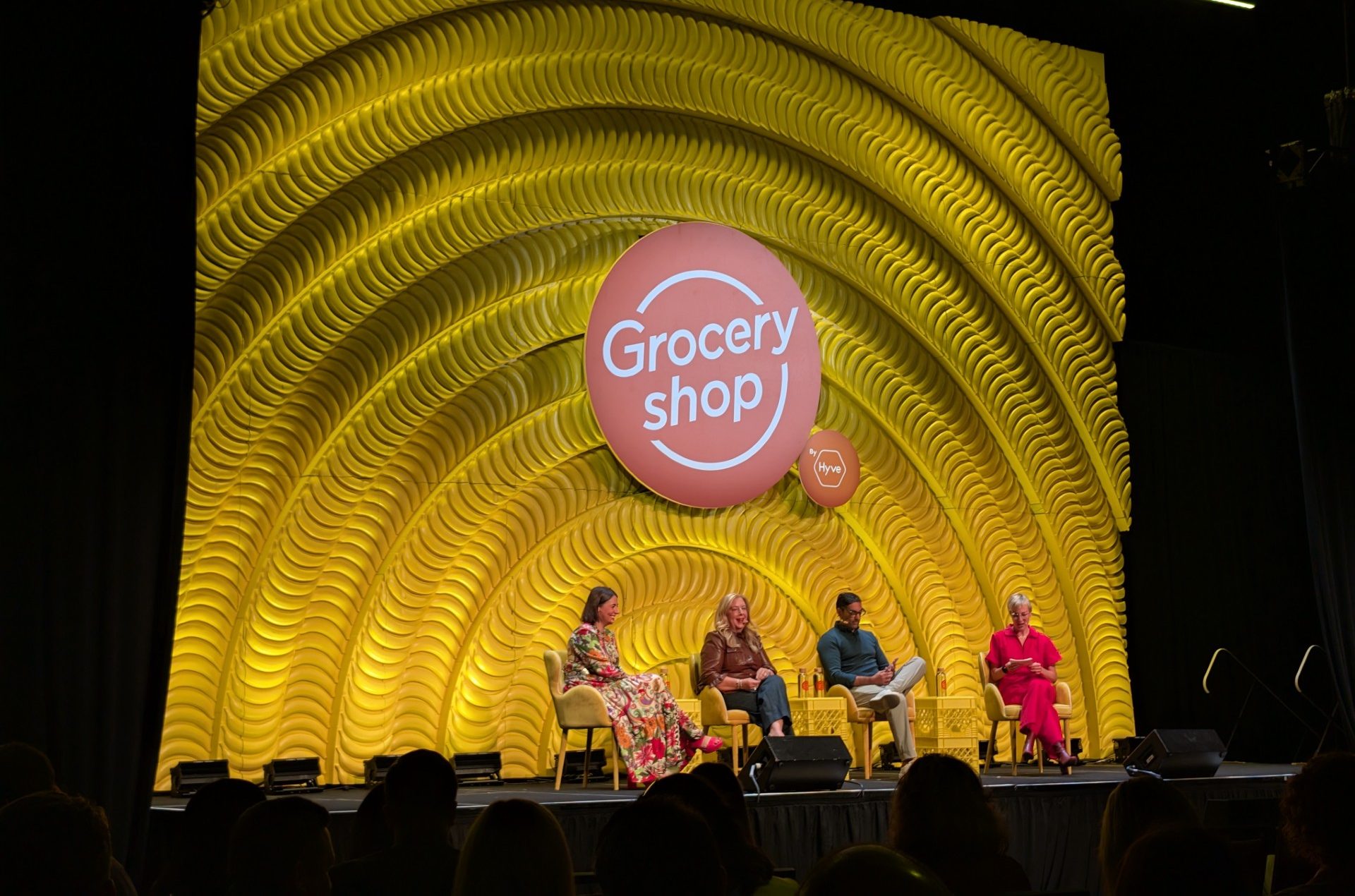Grocers looking to stand out in areas other than price can tap into two trends that keep consumers shopping despite inflation: the demand for healthy foods and growing interest in cooking at home.
This strategy can help protect the bottom line while still providing a value proposition that enables even smaller players to better compete with the industry giants.
High-quality fruits and vegetables remains a top attribute for choosing a primary store among supermarkets and clubs, though it recently fell out of the top five for mass merchants. This makes strong produce selections a key differentiator for supermarkets at a time when competitors have taken a large amount of market share.
Walmart, Target, Costco, Amazon and Dollar General are the “primary shop” for over 60% of the U.S., up from just 20% 20 years ago, according to Scott Moses, managing director and head of grocery, pharmacy & restaurants investment banking at Solomon Partners. Still, Deloitte research has shown that healthy eating remains top-of-mind for shoppers – and grocers have an opportunity to capitalize on this interest by lending a guiding hand.
“Health and wellness is one of the few purchase drivers that stayed consistently strong through this recent inflationary period,” said Justin Cook, CP research leader at Deloitte. “Most consumers say they want to eat healthy (84%), and even to use food as medicine (three in four), but they also say they need help identifying the foods that are best for them and want help cutting through confusing claims (62%).
“About half of consumers would be willing to share their health data to get personalized shopping recommendations for healthy food. Grocers who can offer that service likely have an advantage.”
PRODUCE KEY TO WINNING CUSTOMERS
An example of a grocer getting this approach right is Sprouts Farmers Market, according to Karen Green, author of Buyer-Ology. She noted that the company identifies “healthy” subgroups such as organics or keto using their trademarked statement, “Go healthy your way.” They also utilize personalization to tailor their digital coupons to the customer.
Green noted that grocery shoppers aren’t a homogenous group, and a high-quality produce section is more likely to appeal to higher-income shoppers. Additionally, grocers need to be on the lookout for smaller trends within their broader categories.
“High quality fruit and veg has always been a draw for customers both for the visual impact it creates in store and the impression of freshness that extends through the rest of the merchandise,” said Green.
“Provenance and seasonality are two key trends that are driving customer sales, so both should be considered when creating sales growth opportunities. Local seasonal produce can be cheaper and therefore no need to promote on price but more with suggestions on how to cook and of course how to use more.”
OFFERING RECIPES INCREASINGLY EFFECTIVE
Tying cooking instructions and inspiration to products shoppers are already interested in can be the key to sealing a conversion. This can be done with traditional signage, but grocers should also be open to the power of technology to reach shoppers at key moments across multiple channels – whether driving an in-store purchase or adding ideas for the next trip.
“Supermarket operators have an enormous opportunity to inspire shoppers to add many new items to their carts in store, guided by recipes for dishes well suited for cooking with friends,” said Neil Redding, head of product at Auki Labs.
“By reaching shoppers via existing channels like social media, loyalty emails and in-store signage, it’s now possible to guide them via AR (augmented reality) in the store to ingredients that will have them head home excited to spend the evening preparing and enjoying a new dish with a good friend.”
The Food Institute Podcast
Convenience stores often get a bad rap for lackluster foodservice options, but the category has expanded to include better foodservice options in the past few years. Circana SVP of Retail Client Solutions Scott Love joined The Food Institute Podcast to explore how C-stores are utilizing data more than ever before, and how the industry is adapting to changing consumer habits amid inflationary pressures.












